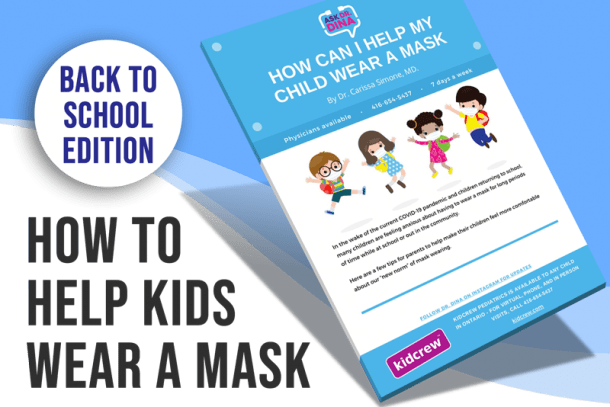Strange Baby Head Shape? Why Is My Infant’s Head So Flat?
One of the most common questions I receive from parents of infants is around the shape of the child’s head. The skull of an infant is made to be malleable and soft to allow the brain to grow and the skull to expand with it. The skull is made of several different bones that fuse over time. When a child places excessive or prolonged pressure on one area of the skull, over time it may flatten. This is called positional plagiocephaly.
Most cases of flat head can be reversed with some minor changes to sleep position.
What is positional plagiocephaly?
This occurs when the back or one side of an infant’s head is flattened. Sometimes the hair looks thinner on this area of the skull due to pressure and rubbing. Baby’s get a flat head when they lie on their backs for many hours a day, when sleeping and/or during awake times as well. Hours spent in car seats. strollers, swings or bouncy chairs can exacerbate the condition.
Most infants with positional plagiocephaly have a preference for one side of the head while sleeping. Babies will often turn toward parents when sleeping, and will develop a flat spot on that side of the head. When the head is frequently turned to one side, the neck muscles on the opposite side get tight, called torticollis, leading to difficulty in turning the head to the opposite side. This is a vicious cycle when initial side preference leads to the inability to turn the head the other way. The child then always sleeps with one side of the head against the mattress and plagiocephaly worsens.
Most infants with positional plagiocephaly have a preference for one side of the head while sleeping.
Premature babies develop positional plagiocephaly more often than term babies. They have softer, more malleable skulls and spend more hours sleeping than term babies.
How do we diagnose plagiocephaly?
We can usually diagnose positional plagiocephaly simply by examining the child’s head. Your doctor needs to make sure the head is growing normally with routine head circumference measurements. If not, another more serious condition called craniosynostosis may be to blame. Ask you doc.
Your doc may refer to a plastic surgeon or neurosurgeon to make exact measurements of the skull to determine the severity of the deformity.
How do you prevent positional plagiocephaly?
The best strategy is prevention of plagiocephaly. Ensure your baby spends some time sleeping with the head towards the right, and some facing the left. Always put your baby down on their back to sleep. Changing the baby’s position in the bassinet or crib by facing the head on alternating sides can help minimize the risk of always facing toward one side. Many babies will turn their heads towards parents in the room or the outside of the crib. We do not routinely recommend using a wedge or blanket to keep the baby on one side.
Try to make sure you are not always feeding your baby with their head facing one side. This can also lead to torticollis and plagiocephaly over time.
The more ‘tummy time’ your child gets, the less likely they are to develop a flat head. Babies that spend all night and day on their backs have far too much pressure on the skull. Tummy time keeps the pressure off the head and strengthens the neck, back and abdominal muscles.
Flat baby head shape and torticollis treatment
Physical therapy, strengthening exercises and massage can treat torticollis to improve plagiocephaly. Ask your doctor to refer you to a specialist.
Less commonly babies with severe positional plagiocephaly will require a custom molded helmet. These work best if started before 6 months of age. They provide gentle and constant pressure on the growing skull to redirect the growth in the right direction. These are custom designed and fit, usually by a plastic surgery or neurosurgical team.
What is the prognosis?
Once babies are rolling consistently and sitting on their own, and they are sleeping for shorter durations, plagiocephaly becomes less of a concern. Mild plagiocephaly often goes unnoticed as the skull grows and hair fills in.
Positional plagiocephaly does not affect brain growth nor cause brain damage or developmental delay.
Want to read more on positional plagiocephaly?
Curious how to best put your baby to sleep?
Dina is a wife, mother of 4, and adrenaline junky. She loves to share children’s health information from her professional and personal experience. More About Dr Dina.










